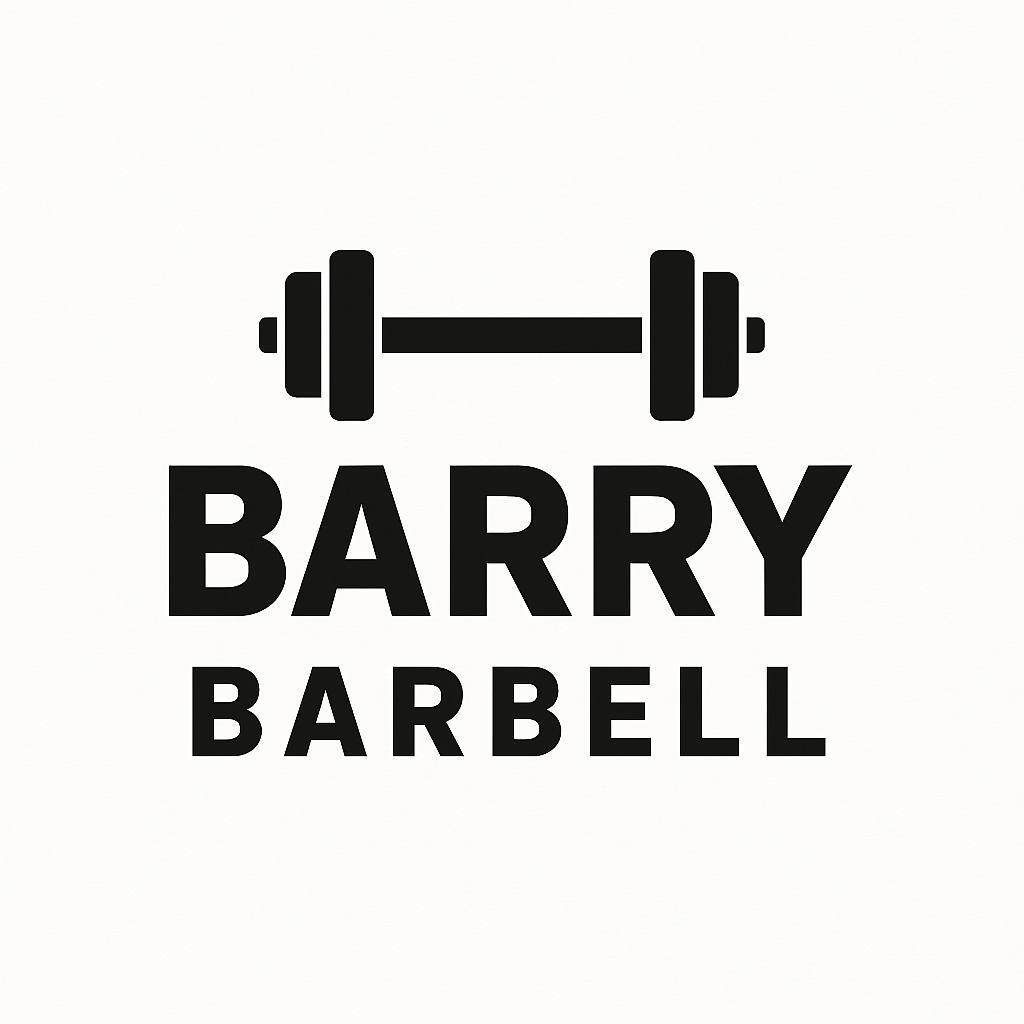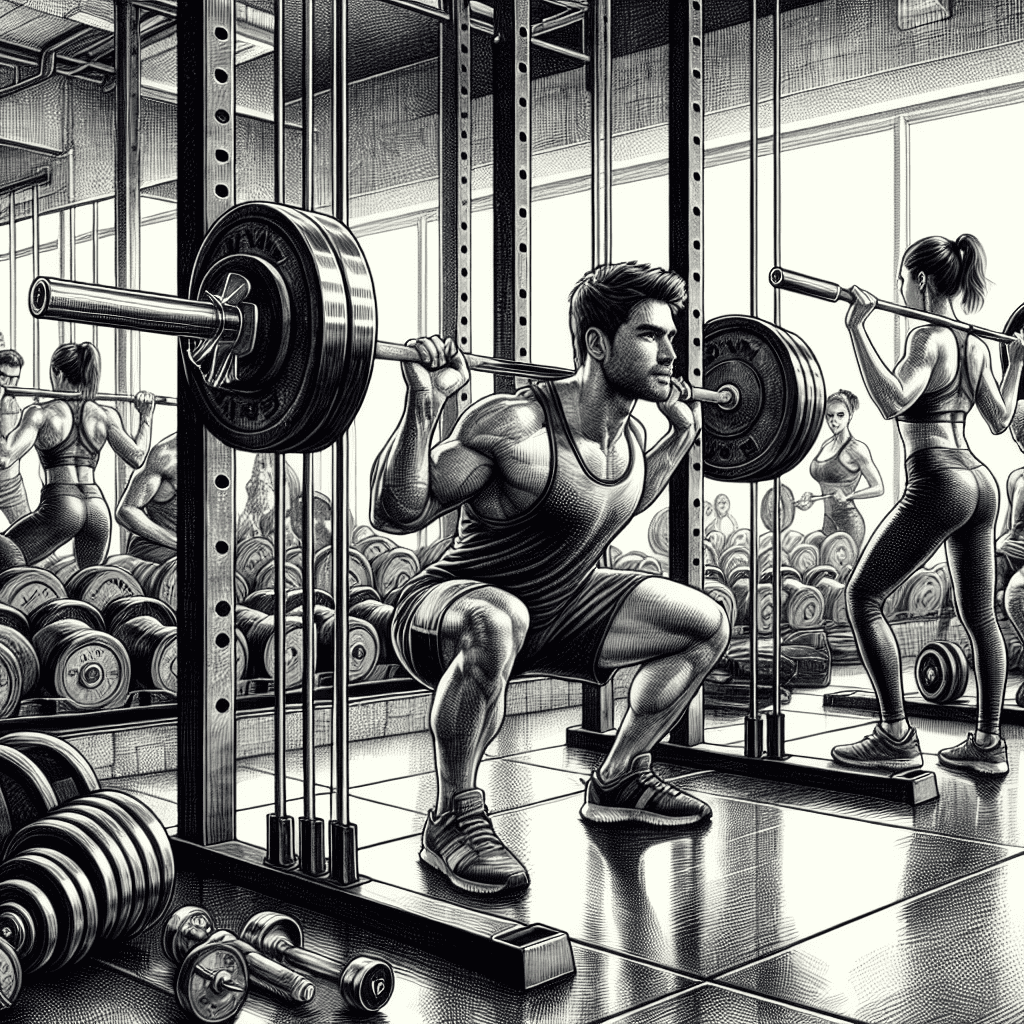Barbell squats are a cornerstone exercise in strength training routines, revered for their ability to strengthen the lower body and build overall athleticism. Performing barbell squats correctly can lead to improved muscle mass, increased strength, better posture, and enhanced athletic performance. In this definitive guide, we will explore how to perform barbell squats properly, the benefits they offer, and tips to avoid pitfalls.
Why Perform Barbell Squats?
- Strength Development: Barbell squats target the quadriceps, hamstrings, glutes, and even the core, providing a comprehensive lower-body workout.
- Functional Strength: Squats mimic movement patterns we use in daily life, enhancing your ability to perform everyday activities.
- Increased Hormonal Response: Engaging large muscle groups with compound movements can stimulate hormone release, aiding in muscle growth and fat loss.
- Improved Joint Health: Through proper movement mechanics, squats can help strengthen the ligaments and tendons in the knees and hips.
Getting Started with Barbell Squats
Before diving into the nuances of performing barbell squats, ensure you have the right equipment and setup.
Necessary Equipment
- Barbell: Ensure it is of appropriate weight for your fitness level.
- Squat Rack: For safety and ease when loading and unloading the barbell.
- Weights: Start with lighter weights to master form before progressing.
- Footwear: Flat shoes or specialized weightlifting shoes provide the best stability.
Barbell Squat Technique
To reap the benefits of barbell squats, it’s vital to execute them with proper form. Below we’ll break down the steps and focus on common mistakes.
Step-by-Step Instructions
1. Set Up the Barbell:
- Place the barbell on a squat rack at about chest height.
- Load the desired weight on each side.
2. Positioning the Bar:
- Stand facing the bar, and step under it, resting it across your upper traps (high-bar squat) or rear deltoids (low-bar squat).
- Grip the barbell slightly wider than shoulder-width, keeping your elbows pointed behind you.
3. Building Tension:
- Take a deep breath, engaging your core and retracting your shoulder blades.
- Lift the bar off the rack by pushing through your legs and standing up straight.
4. Step Back:
- Step back with one foot and then the other to create a stable base.
5. Initiate the Squat:
- Begin by pushing your hips back as if you’re sitting in a chair. Keep your chest up and gaze forward, not at the ground.
- Bend your knees and lower your body while keeping your heels flat on the ground.
6. Depth:
- Aim to lower until your thighs are parallel to the ground or deeper, depending on your flexibility and comfort.
7. Returning to the Starting Position:
- Press through your heels to push your body back up to the starting position.
- Exhale at the top of the movement.
Common Mistakes to Avoid
- Knees Caving In: Ensure your knees track over your toes. Consider using resistance bands around your knees to help with this.
- Lifting Heels: Maintain contact with your heels; consider elevating your heels with weight plates or using specialized shoes if flexibility is an issue.
- Leaning Forward: Keep your chest upright throughout the movement to maintain balance.
- Not Engaging the Core: A strong core helps stabilize your body, reducing the risk of injury. Be mindful to brace your abs throughout the squat.
Tips for Effective Barbell Squats
Warm-Up Properly
Perform dynamic stretches and light mobility work targeting the hips, quadriceps, and hamstrings. Examples include:
- Leg swings
- Bodyweight squats
- Hip openers
Start with Bodyweight Squats
Before adding the barbell, master the movement with bodyweight squats. This practice helps develop balance and ensures you understand proper mechanics without the added weight.
Progress Gradually
- Begin with light weights to focus on form and technique.
- Gradually increase the weight as you build confidence and strength.
Incorporate Variations
Once you’re comfortable, consider adding variations to your routine:
- Front Squats: These shift the weight to the front, emphasizing core strength.
- Box Squats: Helps improve form by providing a target depth.
- Pause Squats: Enhance strength by pausing at the bottom for a few seconds.
Track Your Progress
Keep a training log detailing the weights you use, rep counts, and how you feel post-workout. Tracking progress can help refine your technique and motivate you to set new goals.
Incorporating Barbell Squats into Your Routine
To maximize strength gains, incorporate barbell squats into your workout routine two to three times per week. Allow at least 48 hours between sessions to facilitate recovery.
Sample Weekly Schedule
Day | Workout Focus | Squat Type |
———–|———————-|——————-|
Monday | Full Body Strength | Barbell Squats |
Wednesday | Lower Body Focus | Front Squats |
Friday | Leg Power & Hypertrophy | Barbell Squats |
Conclusion: Master Barbell Squats for Overall Fitness
Barbell squats are one of the most effective exercises to build strength and improve overall fitness. By following the steps outlined in this guide and being mindful of your form, you can reap the numerous benefits they offer. Remember, the journey to mastering barbell squats is a marathon, not a sprint. Stay patient, consistent, and focused on your goals, and you’ll witness significant progress on your way to achieving a strong and healthy body.
Whether you are just starting or looking to refine your technique, practicing barbell squats regularly can lead to transformative results. Embrace the process and enjoy the journey!

